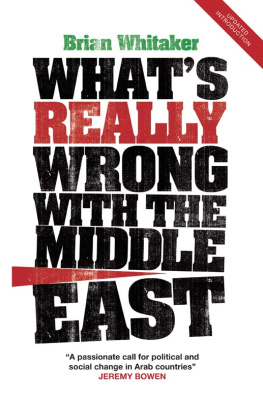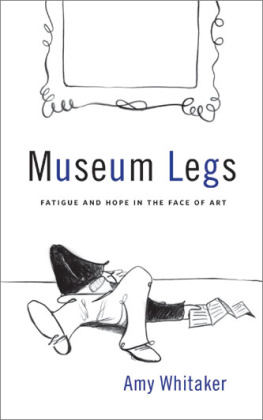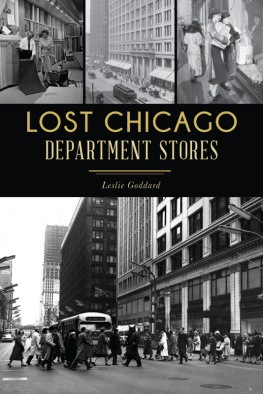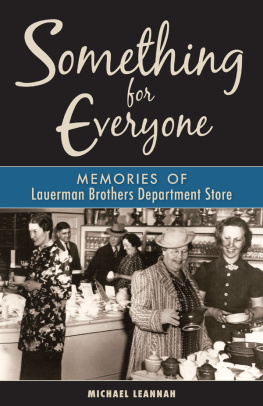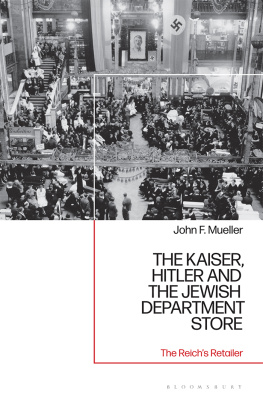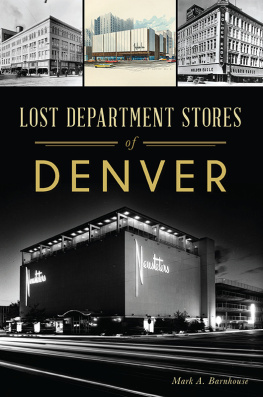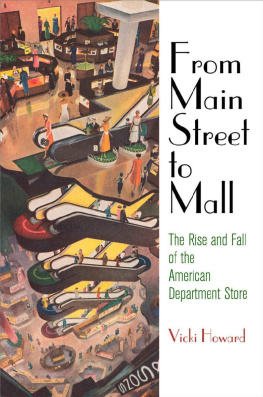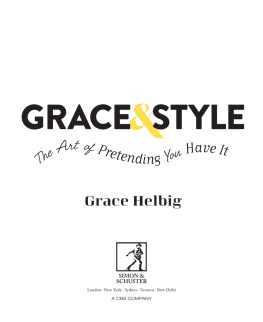SERVICE AND STYLE
ALSO BY JAN WHITAKER
Tea at the Blue Lantern Inn:
A Social History of the Tea Room Craze in America
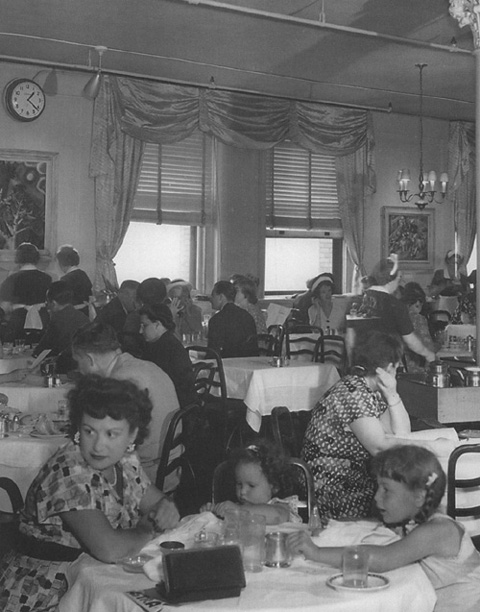
SERVICE AND STYLE

H OW T HE A MERICAN D EPARTMENT S TORE F ASHIONED T HE M IDDLE C LASS

JAN WHITAKER

To Nadia Medina
(19442006)
SERVICE AND STYLE . Copyright 2006 by Jan Whitaker. All rights reserved. Printed in the United States of America. No part of this book may be used or reproduced in any manner whatsoever without written permission except in the case of brief quotations embodied in critical articles or reviews. For information, address St. Martins Press, 175 Fifth Avenue, NewYork, N.Y. 10010.
www.stmartins.com
Frontispiece: Tea room at Abraham & Straus, summer 1948, decorated with works from an art exhibit.
(Sophia Smith Collection, Smith College.)
Book design by Charles Kreloff
LIBRARY OF CONGRESS CATALOGINC-IN-PUBLICATIO N DATA
Whitaker, Jan.
Service and style : how the American department store fashioned the middle class / Jan
Whitaker.1st U.S. ed.
p. cm.
Includes bibliographical references. ISBN-13: 978-0-312-32635-7
ISBN-10:0-312-32635-1
1. Department storesUnited StatesHistory20th century. 2. Middle classUnited States History20th century. 3. Department storesSocial aspectsUnited StatesHistory20th century. I. Title.
HF5465.U5W55 2006
381M410973dc22
2006040542
First Edition: August 2006
10 9 8 7 6 5 4 3 2 1
CONTENTS

ACKNOWLEDGMENTS

f or much of my childhood I puzzled over the meaning of the book title I saw almost every day on a shelf in my house: Fashion Is Spinach. When I asked my mother about itit was her bookshe laughed and said, It means its silly. I never expected one day to list the book in a bibliography. Thanks to Elizabeth Hawes for writing it and initiating my lifelong curiosity about the business of fashion. And thanks to my mother for her love of books on all kinds of topicsand her cryptic explanations, which kept me wondering.
Thanks also to the dozens of others who wrote the valuable books and articles I used as sources. And to all the clever people who produced advertising copy for department stores, arranged displays, and designed, selected, promoted, dusted, and sold the merchandise, much of which I admired, examined, and bought. I am pleased at least part of my lifetime overlapped with those years in which downtown department stores were still going strong. Just like the elephant, which you really need to see all of to understand, it is hard to grasp the hustle of the metropolitan department store on a busy day if you never experienced it.
To the many others who inspired me and helped keep me on course as I researched and wrote this book, I am grateful. I include my supper club writer friends, Chris Rohmann, Steve Simurda, Stanley Wiater, Miryam Williamson, and Allen Woods, as well as Louise Dunphy, Daisy Mathias, Francesca Rheannon, and Bosley Wilder. Each time a friend shared personal memories of his or her favorite department stores, among them Kathleen Bergstrom, Bruce Carson, Jane Christensen, Dee DeGeiso, Susan Rosenblum, and Jane Trigre, I realized anew how much the stores meant in peoples lives.
I benefitted from much professional assistance, from photo archivists around the country who were unfailingly helpful, and from my publisher, St. Martins Press. My editor, Michael Flamini, gave me advice that was especially apt, while my copy editor, Cynthia Merman, worked tirelessly to disentangle my sentences, impose consistency, and keep track of store names, not an easy task considering there were four Stewarts and two ONeills (not to be confused with ONeils), and others such as Gimbels that officially deleted their apostrophes.
For my partner, Barton Byg, I reserve my biggest thanks. He read every word of every draft, never missed a detail, and laughed out loud at just the right points.
INTRODUCTION

Its displays and advertising, its pioneering in selling new goods
influence the publics buying habits and even its mode of life.
F RANK M. M AYFIELD , T HE D EPARTMENT S TORE S TORY , 1949
f or more than a century the department store occupied a main intersection of American life, initially as an economic powerhouse and then as a cultural force. As a major benefactor and distributor of the fruits of prosperity, it became the nations leading retailer in the late nineteenth century, supplying inexpensively the basic material needs of a growing country. During its ascendancy from about 1880 to 1920, American society shifted from rural to urban centers and absorbed more than twenty-three million immigrants. By 1910, over one-fifth of the population lived in a city of at least one hundred thousand, big enough to support several good-size department stores. City people had seemingly inexhaustible needsfor clothing, bedding, household goods, and all manner of things. Sales of consumer goods rocketed upward, roughly tripling in just the twenty years between 1909 and 1929. As department stores sales spiraled ever higher, stores expanded and rebuilt, and then expanded and rebuilt again.
And then the department store ceased to be an economic marvel. By the late 1920s, even before the stock market crash, economists saw problems in its rising costs of operation. In fact, they decided, the period of intensive department store growth, when the institution was aligned with industrial productive capacity, had ended right after World War I. The mid-1920s were good years, and there would be a few very profitable periods in the future, but for the most part big stores would face daunting challenges as aggressive competitors rose up, costs increased, and suburban living combined with downtown traffic congestion took away customers.
But the department store was far from finished. Strangely enough, it was precisely as it entered economic decline that its power to influence American society grew strongest. No longer primarily a purveyor of basic necessities, and by now a venerable and trusted establishment in a rapidly changing society, it took on a larger role as arbiter of middle-class taste and lifestyles. From the 1920s into the 1960s, stores exercised an almost moral authority to define in material terms what it was to live as a middle-class American. They poured creative energy into encouraging Americans to trade up, to demand a higher standard of living. Marshaling their enormous promotional resources, they expanded their entertainment and educative roles. They broadened services, upgraded buildings. They emphasized style as never before. In short, department stores deployed their skills in interpreting and managing the symbolic significance of the goods they sold.


